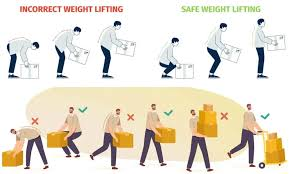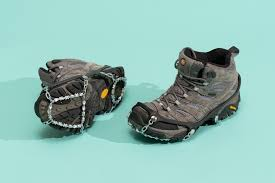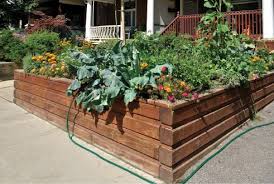As we age, the realities of slowing down become clear, especially when it comes to gardening. Yet, slowing down doesn’t necessarily mean a decline in the quality of your gardening efforts. In fact, “slow gardening” can be a more thoughtful and rewarding approach. Rather than rushing through projects, older gardeners can focus on details, enjoy the process, and complete tasks at a more manageable pace.
As a baby boomer myself, I’ve found gardening to be more enjoyable with age. Early on, I was fortunate to learn from two gardening mentors who were in their eighties. Their ability to grow lush vegetable gardens with ease was inspiring. I later discovered that some of their techniques were shared in Jim Wilson’s book Gardening Through Your Golden Years, which offers valuable advice for aging gardeners. Below are some essential tips to help you continue gardening effectively and enjoyably, while keeping in mind the limitations that may come with age.
1. Take More Breaks and Rest
Gardening can be physically demanding, so it’s important to take regular breaks. Set up a comfortable chair in the shade where you can relax and recuperate. Observing your garden from a resting spot gives you a fresh perspective and allows you to appreciate aspects of your garden you might have missed when focused on the task at hand. Whether you’re sitting and relaxing or observing the wildlife, slowing down can bring unexpected joys.

2. Keep Your Tools Small, Simple, and Sharp
As we age, heavy and cumbersome tools can become more difficult to manage. Consider switching out large tillers or power tools for lightweight, battery-powered models or simple hand tools. Regularly sharpening your tools, such as hoes and pruners, ensures they work efficiently, reducing the effort needed to get the job done.
3. Use Leverage to Avoid Heavy Lifting
Avoid unnecessary strain by using leverage to move heavy objects. For example, instead of lifting stones or tree stumps, try using a crowbar to pry them up or a rolling technique to move them. If something feels too heavy to handle on your own, don’t hesitate to ask for help.

4. Elevate Your Plants with Raised Beds
Raised beds and containers are a game-changer as we age, offering easier access to plants without the need for excessive bending. These structures also reduce the likelihood of weeds and can be designed to suit your height and mobility, making gardening more enjoyable regardless of the weather.
5. Be Cautious of Your Footing
As we age, balance can become a concern, especially in icy or slippery conditions. Simple safety tools, such as Yaktrax—stretchable wire attachments for your shoes—can help prevent slips when walking on ice. In warmer weather, consider slip-resistant cleats or shoes to maintain good footing while gardening.

6. Protect Yourself from Sun and Heat
Sun exposure can take a toll, so it’s important to shield yourself from both the sun and the heat. Wear a wide-brimmed hat to protect your head and eyes, and limit strenuous activities to the cooler parts of the day—early mornings or evenings. Staying in the shade during peak sun hours can help keep you comfortable and prevent overheating.
Tailoring Your Garden to Your Needs
By following these tips, your gardening experience may shift to focus on what works best for you—whether that’s growing fewer high-maintenance crops or adapting your garden layout. As we age, it becomes even more important to grow plants that bring us joy, so don’t hesitate to grow what you love. Gardening should always be a source of pleasure, and there’s no better time than now to cultivate your passions in the garden.
By adopting these strategies, gardening can remain a fulfilling and accessible activity throughout the golden years.
